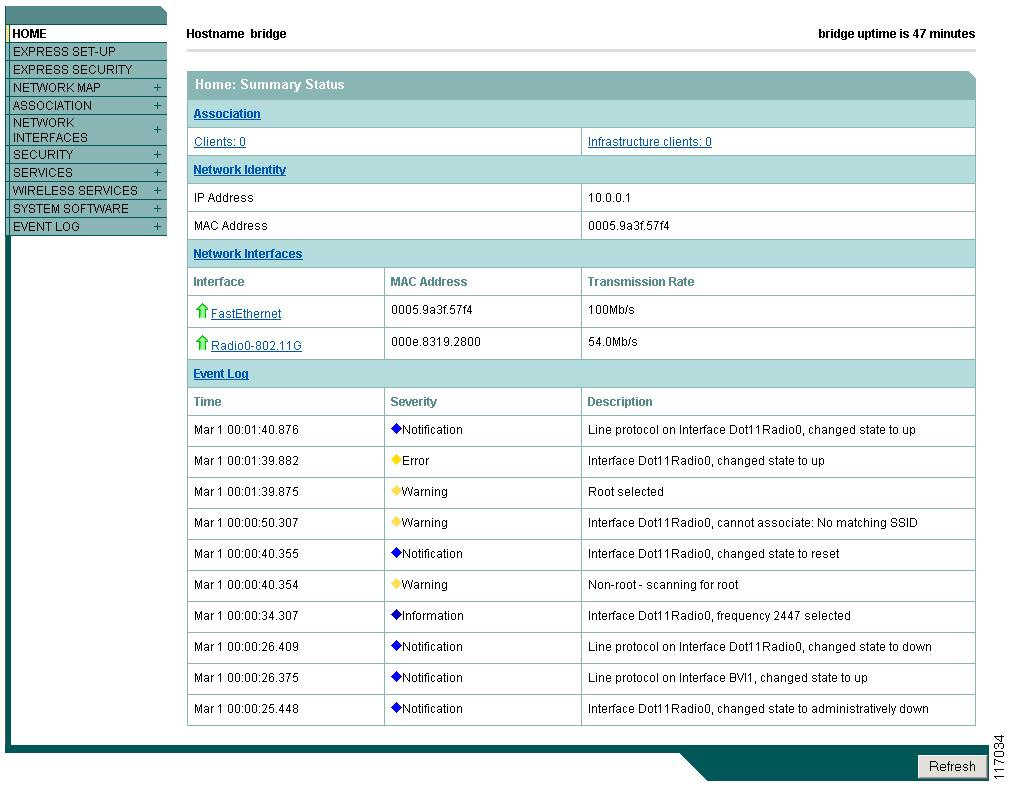

The second group contained less well-known browsers, also in random order: at different times this group included Avant Browser, Comodo Dragon, Flock, GreenBrowser, K-Meleon, Lunascape, Maxthon, Rockmelt, SRWare Iron, Sleipnir, and SlimBrowser. The first group included the five most used browsers ‒ Internet Explorer, Mozilla Firefox, Google Chrome, Opera, and initially Safari but later Maxthon ‒ representing the four major rendering engines ( Trident, Gecko, Blink and WebKit). The order of the browsers on the page was initially planned to be alphabetical, but after criticism a random system was used with two groups. The browser choice screen listed 10 to 12 browsers in random order the top tier of five were immediately visible and the remaining ones could be seen by scrolling the list. It was distributed under the Microsoft Knowledge Base ID number 976002 after the website was discontinued in December 2014, the update was removed from Microsoft Update Catalog. A patch was made available via Windows Update to provide the screen to users. It affected the European Economic Area, Croatia and Switzerland. The screen was presented only to Windows users whose default web browser was Internet Explorer. The web browser choice screen, also known as the web browser ballot box, was a screen displayed in Internet Explorer that offered ten to twelve browsers in a random order. The website was discontinued as early as the next year, showing a notice advising users to " the websites of web browser vendors directly", before going offline completely.

However, Microsoft's obligation to display the Browser Choice screen to Windows users expired in December 2014. The website was created to allow users that had not made, or were unaware of, a choice to try other browsers, and thus comply with the European Commission's ruling. The case involved legal proceedings by the European Union against Microsoft and found that, by including Internet Explorer with their market-dominant Windows operating system, Microsoft had used this dominance to create a similar market position in the web browser market. The user can scroll across the page to reveal some more possible browsers in another random order.ī was a website created by Microsoft in March 2010 following a decision in the European Union Microsoft competition case. Screenshot of browser choice screen initially showing five leading browsers in a random order.


 0 kommentar(er)
0 kommentar(er)
